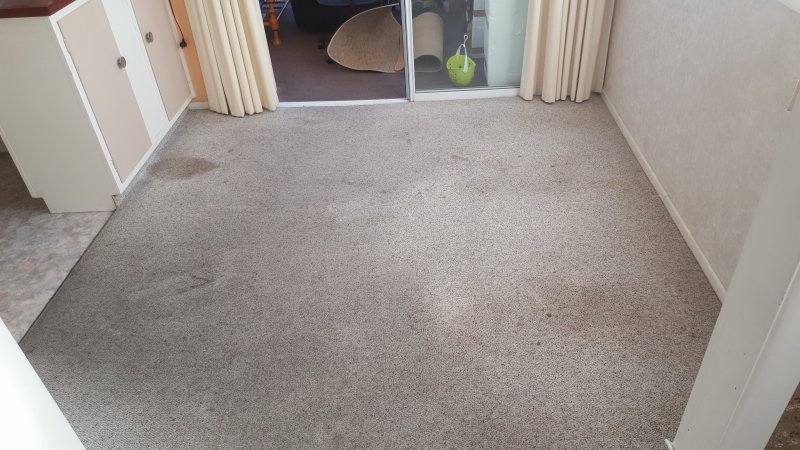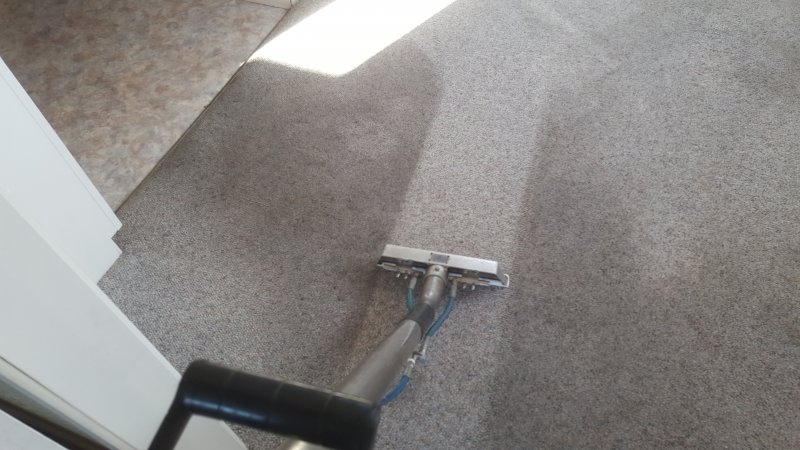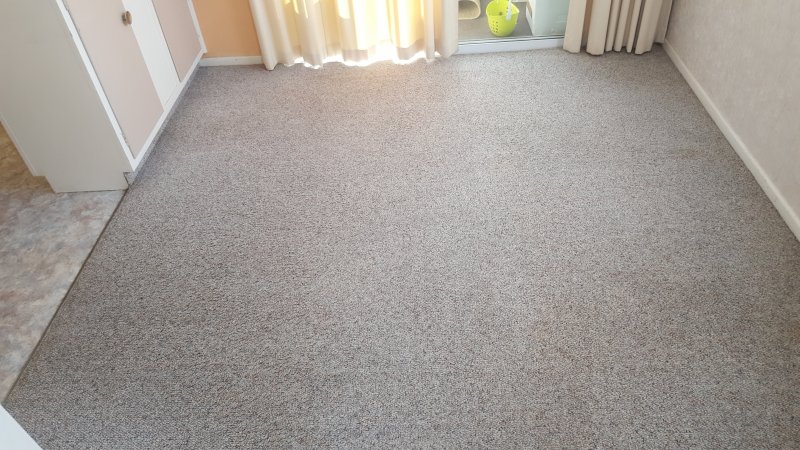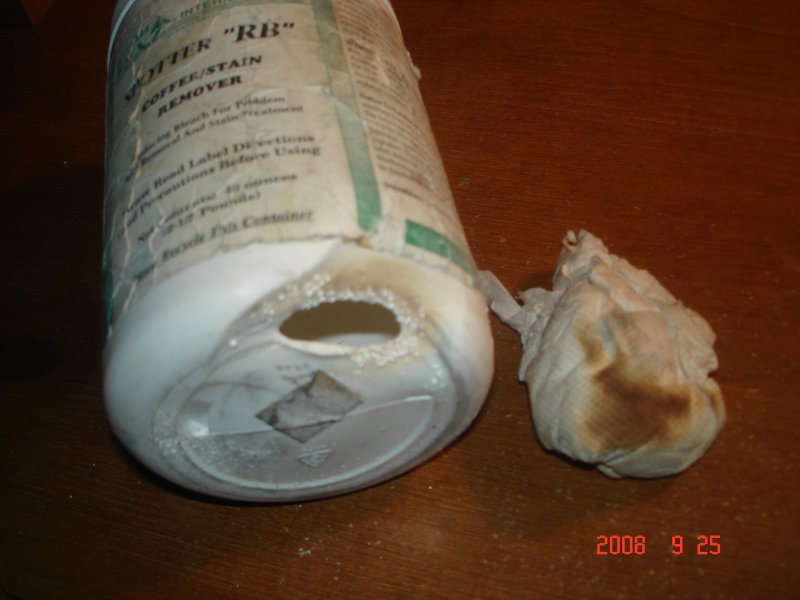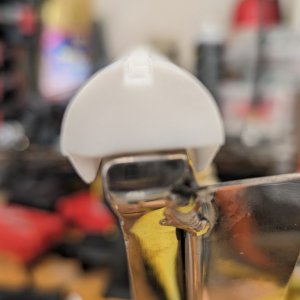Hack Attack
Member
I sometimes use UV light with HP on stubborn stains when I dont want to risk a higher %
Can the same be done with a reducer?
Or because a reducer works basicly opposite to an oxidiser would the UV slow/stop the reaction?
@Tom Forsythe @scottw or anyone else who knows or thinks they know
Can the same be done with a reducer?
Or because a reducer works basicly opposite to an oxidiser would the UV slow/stop the reaction?
@Tom Forsythe @scottw or anyone else who knows or thinks they know


